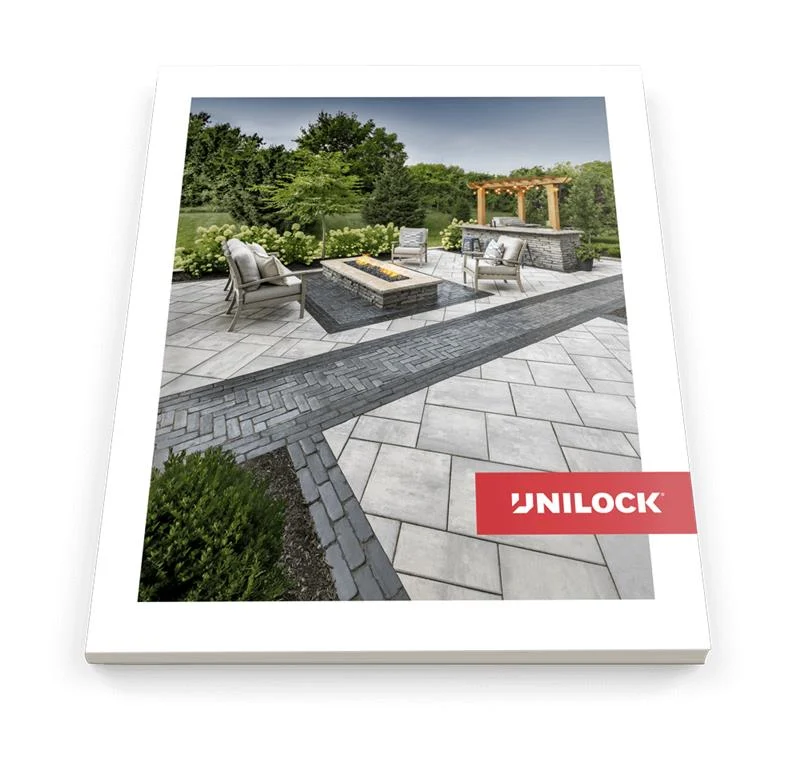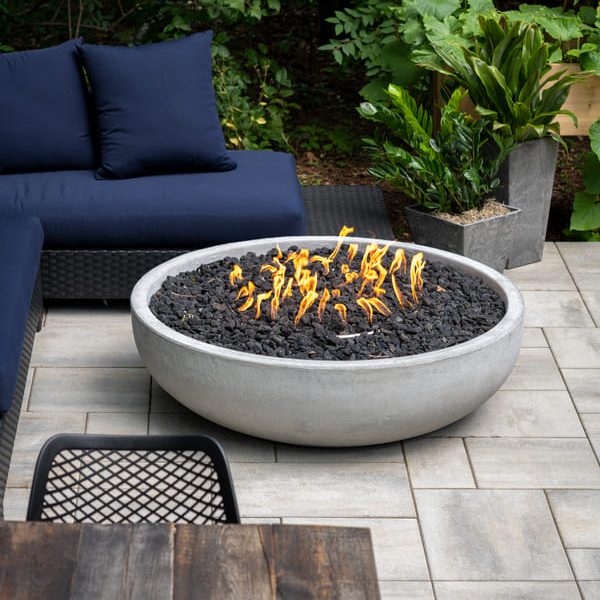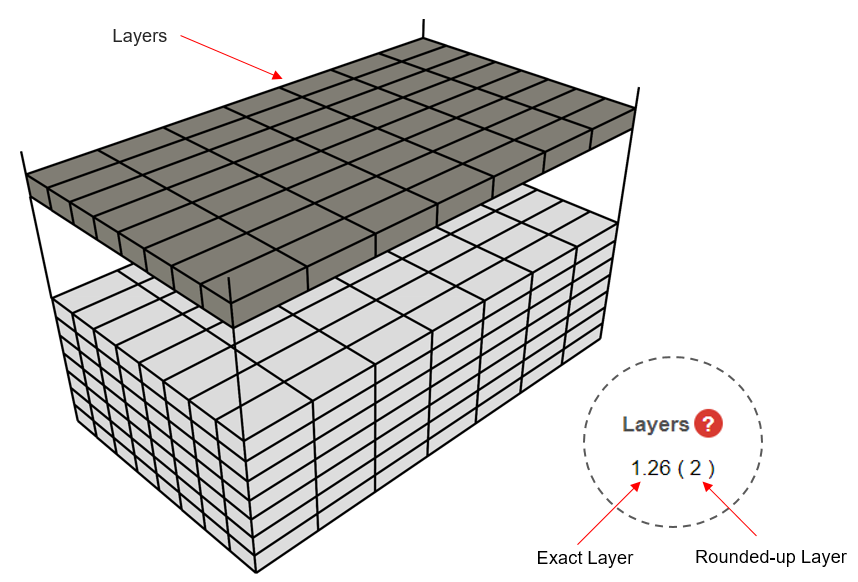
A front walkway is one of the first things visitors see. So when it’s time for a walkway upgrade and more curb appeal, consider natural stone. Here’s what to keep in mind as you look at limestone or sandstone for your Spring Lake Heights, NJ, front walkway.
Related Read: What Makes Unilock Concrete and Stone Pavers so Trusted?
Why Natural Stone?
Natural stone offers hardscapes a particular character as each stone is unique. Even in any given bundle, you will notice some variety in color and texture, which makes each project made of natural stone one of a kind.
Natural stone has been used for millennia as a building product both on horizontal and vertical surfaces. It’s long-wearing and weather-resistant, especially when the stone is sealed. Natural stone doesn’t necessarily have to be sealed, but it can be done to enhance the color of each stone and to create a water-resistant barrier. While walkways generally don’t see a lot of heavy traffic, household chemicals including ice melt can permanently etch or stain stone surfaces. A coat of sealant, applied every three to five years, will help keep your natural stone front walkway looking amazing for many years and bring out the unique characteristics of each stone.
Unilock offers two high-quality natural stone products that you may consider perfect for your front walkway. Whether your home is rustic, traditional, or modern, sandstone or limestone could be the right material for creating an elegant yet warm welcome to your home.
What’s the difference between sandstone and limestone, and which is best for your front walkway?
Unilock Sandstone
Unilock Sandstone is an excellent choice for homeowners looking to add a rustic and relaxed touch to their hardscape. These slip-resistant stones come in two warm colors, Autumn Harvest and Indian Coast, and one neutral/cool Stone Cliff Grey. Sandstone from Unilock has excellent freeze-thaw resistance for longevity. This versatile material comes in an array of sizes that include steps, pillar caps, and coping, should your front walkway design call for steps and a retaining wall. The light colors of sandstone mean it’s perfectly suited for south- or west-facing walkways that might otherwise become uncomfortably hot.
Unilock Limestone
Unilock Limestone is available in a range of cool colors that complement any style of architecture. For example, the charcoal gray Black River or the mid-tone Hearthstone stones contrast beautifully with a brick facade, bring out the bright whites of an ultramodern home, or make a rustic, woodsy home feel as though it’s part of the landscape. On a front walkway, the differences between individual limestone stones are less obvious than when using sandstone.
Related Read: Top Concrete Pavers for Walkways and Poolsides
Which Is Best for Your Front Walkway?
In short, limestone is a more elegant stone while sandstone is more casual. Limestone will give you a more monochromatic look with greater contrast to the home and the surrounding landscape, while sandstone’s warm colors offer less of a contrast and more individual character.
Sandstone gives a more random appearance that may include stones that look as though they’re from a different quarry—but that’s part of the charm of this natural stone. Limestone, on the other hand, creates a more uniform appearance while still providing plenty of individual character.
One of the most important considerations is to see samples of both stones when they are dry and when they are wet. Moisture can dramatically change the color of natural stone, and this difference is most notable in the lighter sandstone colors (Autumn Harvest and Indian Coast), which become darker when wet.
The title image features Sandstone in Stone Cliff Grey.









